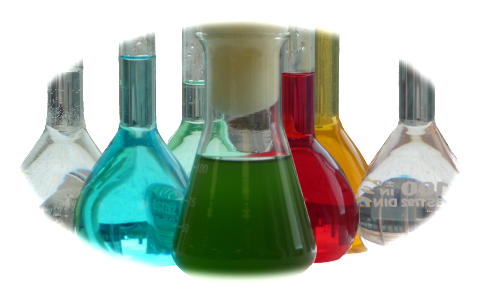

Revised beta version Metalation Calculator II uses data in Clough et al. (2025) Nature Communications 16, 810.
Conditional calculators for E. coli JM109 (DE3) grown aerobically, exposed to hydrogen peroxide and grown anaerobically were first reported in Foster et al. (2022) Metallomics 14(9), mfac058. This manuscript also contains tutorial information on the uses and constraints of metalation calculators. A spreadsheet version of the original idealised Salmonella calculator was first released in Young et al. (2021) Nature Communications 12, 1195. Iterative refinements, for example to estimates of the intracellular metal availabilities or for additional conditions and cell types, will be catalogued here. The hyper-aerated E. coli calculator was added on 4th August 2022, used vigorously aerated small volume cultures grown in baffled flasks, with notably reduced iron availability, and the underlying data for these hyper-aerated cells has been made available in BioRxiv. Underlying data for M9 calculator (manuscript in preparation).
Notes about kinetics: (1) Cytosolic available metal is typically bound (and buffered). However, the buffer can become depleted if the rate of demand, for example for an over-expressed recombinant protein, greatly exceeds the rate of metal-import. Metal availability then drops below the steady-state [available metal] (really an activity) value in the calculator. DNA-binding metal sensors, tuned to such changes, have been used to read-out bespoke values enabling speciation of metalation to be predicted (above cited papers and manuscript in preparation); (2) Transfer to/from a nascent protein is likely to follow associative ligand-exchange: This confers rapid on/off rates supporting the accuracy of such calculations; (3) Analogous calculations have been used to estimate the magnitude of kinetic bias introduced by metallochaperone-mediated metalation (JACS Au 2023); (4) Relative in vitro binding preferences of proteins that kinetically-trap metals at folding may be used in the calculator in Clough et al. (2025) Nature Communications 16, 810.
The calculator is a beta-version with testing ongoing. Thanks to Jason Parker of Reed College for his assistance in preparing the calculator. We are keen to have feedback.